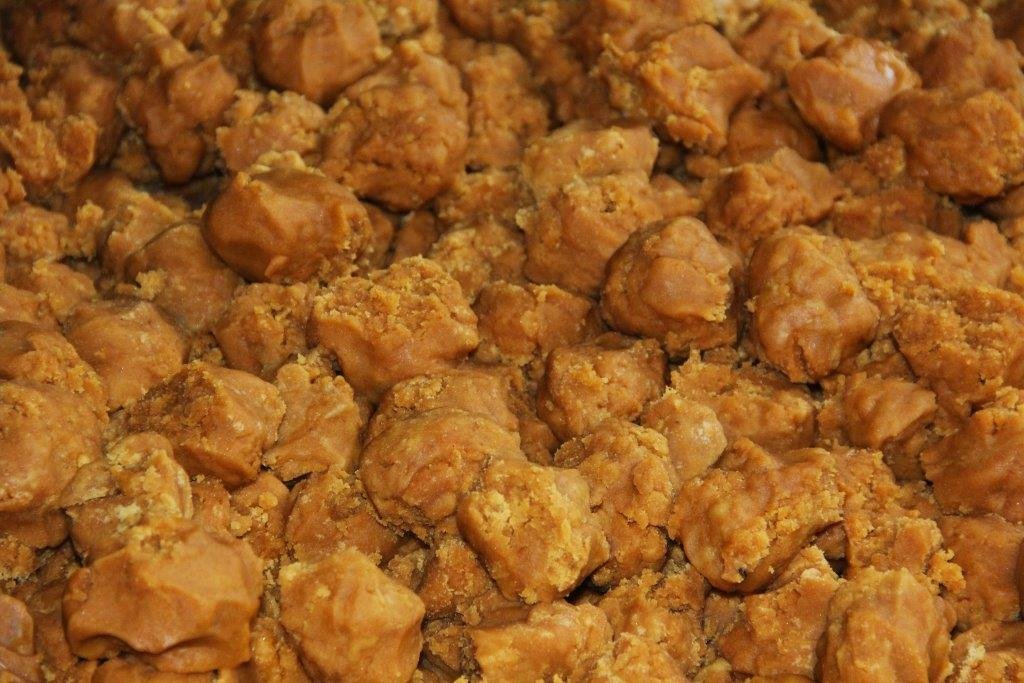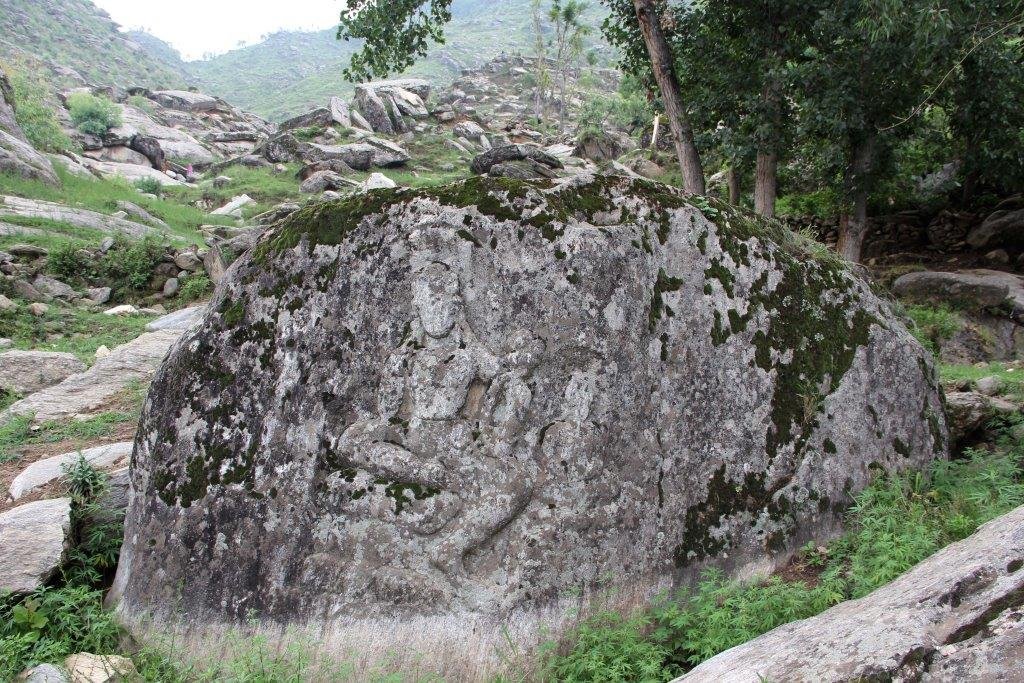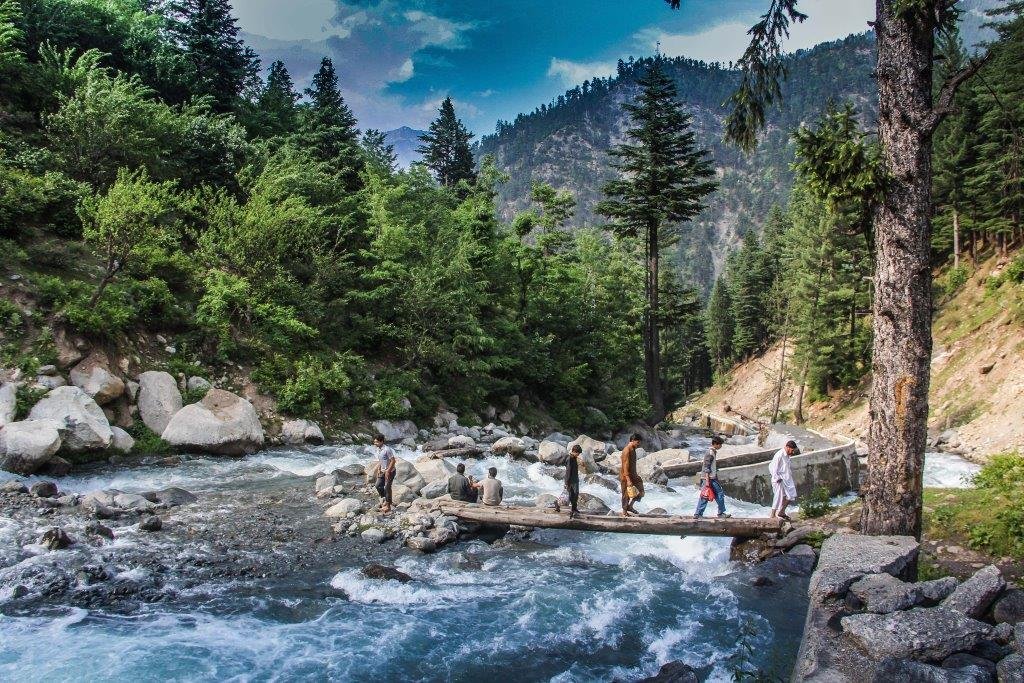By Fazal Khaliq
CHARSADDA: Farmers of sugarcane and jaggery (gurr) makers say the business of centuries old traditional Gurr making is constantly losing its charm and market, and needs special attention from the government to stop it from complete extinction.
Growing sugarcane and gurr making has been practiced in the Khyber Pakhtunkhwa from time immemorial. It is not only a big source of livelihood for farmers but also contribute enough in the country’s sugar market.
There are thousands of jiggery or Gurr factories, mad of mud and stone, amid sugarcane fields.
Muhammad Irfan a sugarcane farmer who also manufactures Gurr in Cheena area of Charsadda said that sugarcane is the only crop grown in his village’s lands. “The profession has been transferred to me from my forefathers, and is the only source of our livelihood,” he told Morning Post.
He said that there was a time that business of Gurr was beneficial and they would earn enough but the market price of Gurr was getting weaker as some ten years ago a sack of 80 Kilo was sold on Rs 7000 in the market which came down to Rs 5000 presently.
“When Gurr was exported to Afghanistan we would earn good income but with the closure of Afghanistan border for trade our income has also fallen down,” he said.
He said that the income from the final produce is divided among three different groups of people. “When we sell the final produce in market the profit is divided among workers, owner of the lands and farmers. At the end we get very less amount after deduction of expenses. Only the middle man who is sitting in the market earns high profit in the business,” he said.
In his factory 8 to 10 workers daily work which is the only source of their family livelihood.
Muhammad Ayaz who has been connected with Gur making as a worker since childhood said he earned livelihood from the sugarcane crop and was happy with it. “We are content that we have source of earning livelihood in our village and don’t have to go out for work,” he told Morning Post.
Dawood Jan, another worker who was putting sugarcane in a machine to extract syrup said that they were given Rs 250 per head after preparing 160 Kilo gurr which normally takes four to five hours.
“With Rs 250 each worker is given 2.5 Kilo gurr additionally which we use to sweeten tea and other drinks,” he told Morning Post.
Apart from sweetening tea, beverages and other food items, Gurr is also used as a treat when dry fruits and nuts are mixed during manufacturing process which is also used as gifts.
Though there are dozens of sugar mills but the farmers of Charssada prefer not to sell their sugarcanes to Sugar Mills as they say they pay lower rates and making Gurr in their own factories are comparatively have better return.
Gurr Manufacturing
Gur is manufactured locally in small factories by boiling sugarcane juice, the history of Gurr making dates back to the first millennium BC in India.
After sugarcane is cut and brought to the factory, they are fed into rollers run by petrol generator, to extract its juice which flows into a tank.
There was a time when the extracting rollers would run by bullocks.
The fibrous residue of the sugarcane left after the juice is extracted is known as Bagasse and is used as fuel to make fire in the factory for heating the juice.
The juice in the tank is then poured into an iron-made huge pan where the juice is heated by making fire underneath.
Two men constantly stir the syrup to avoid crystallization. They also remove the impurities by a skimmer. The syrup is heated up till it gets thick and pasty.
Often children and also grown up gather around the pot and love to eat the hot paste.
The pasty syrup is then poured into a big wooden pan-like pot. The workers sit around to make small pieces or blocks of the paste and collect it in the middle of the big wooden pan.
Later when the paste is finished, the jiggery blocks are weighed and put in sacks to take it to the market for sale.
Sometimes people mix dried fruit, nuts and herbs and to make delicacies to present it as a gift to friends and relatives.



















